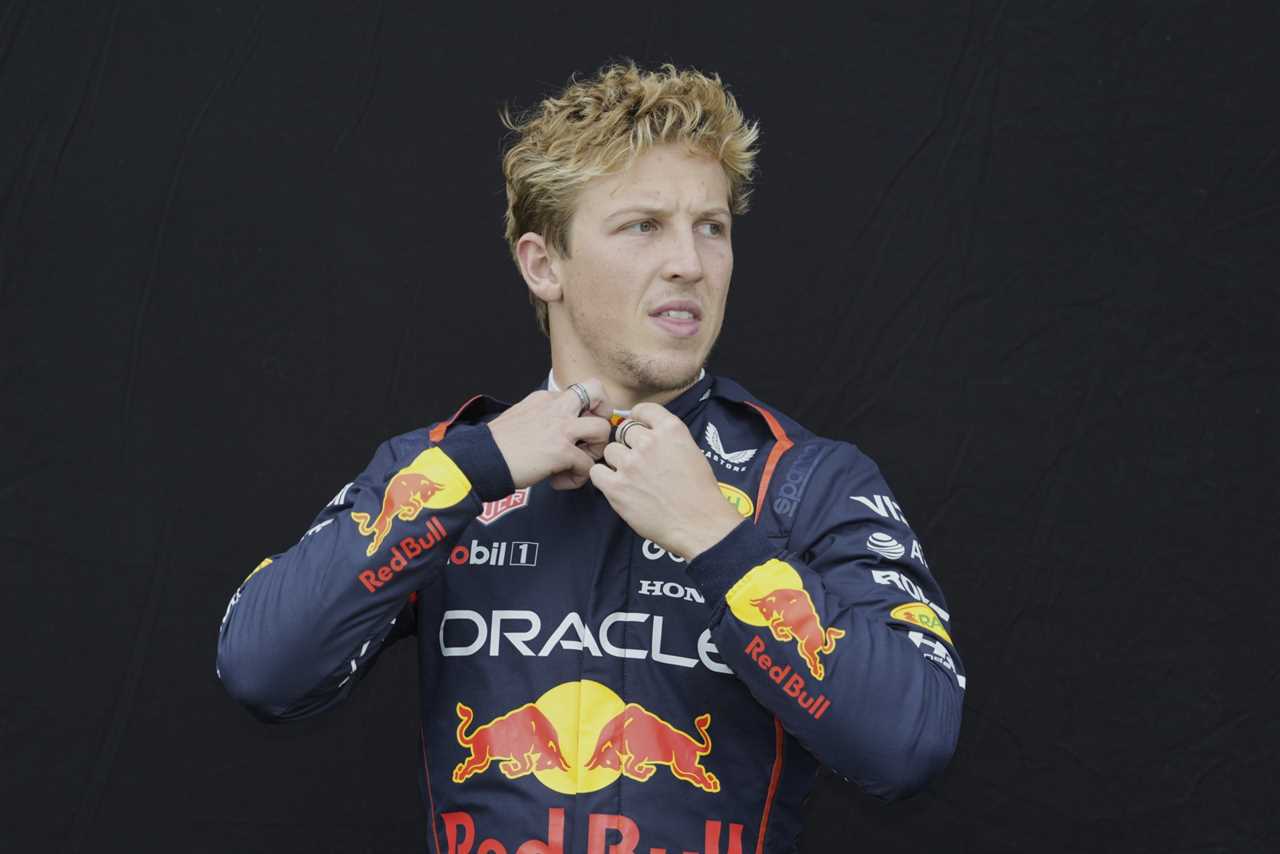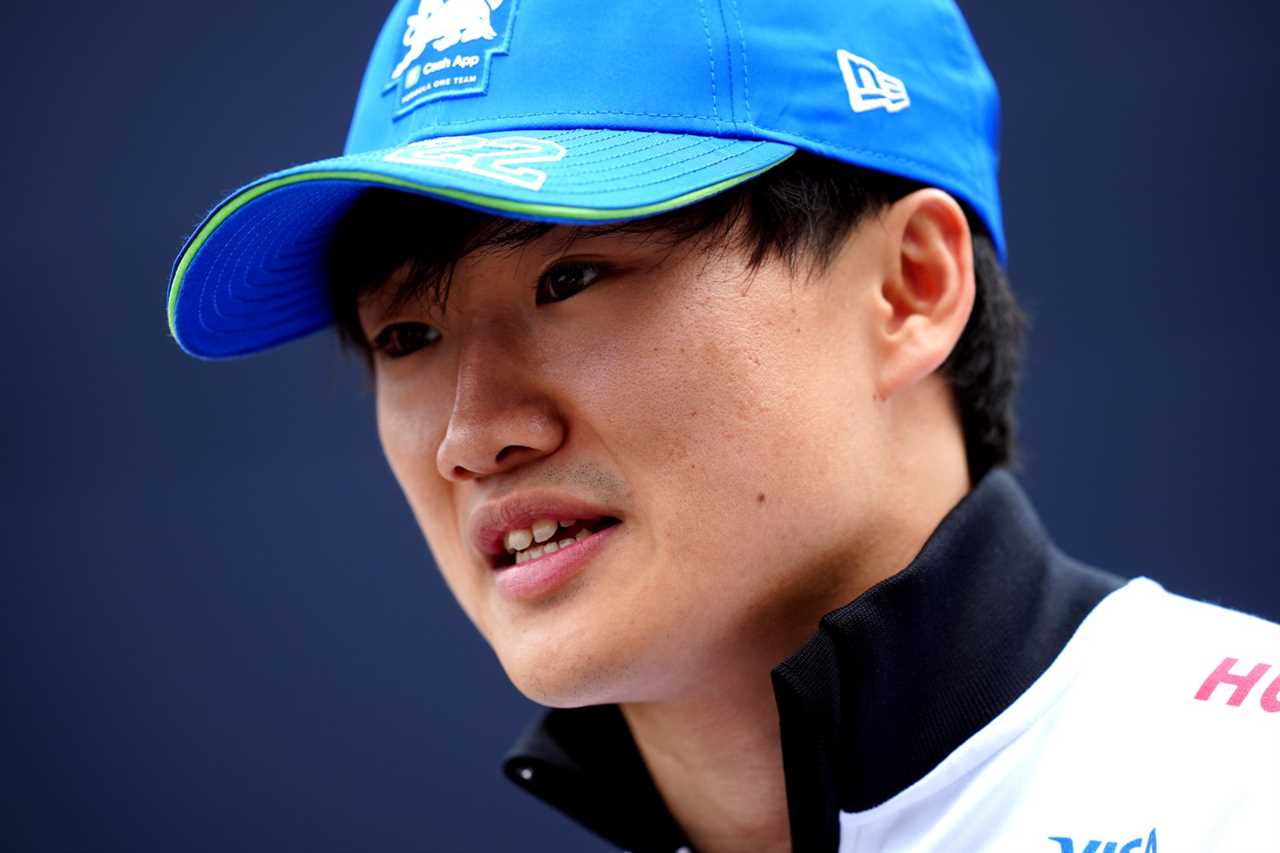
Verstappen Unhappy with Lawson’s Move to Racing Bulls
Red Bull Racing’s top executive, Helmut Marko, has acknowledged that star driver Max Verstappen is displeased with the recent decision to transfer teammate Liam Lawson to the sister team Racing Bulls. The move, which saw Lawson replaced by Yuki Tsunoda after just two races, has stirred significant conversation within the team.
Swift Action Following Poor Performances
The announcement came swiftly after Lawson finished fifteenth at the Chinese Grand Prix and posted last-place qualifying times in both the sprint and the main race in Shanghai. These results prompted team principal Christian Horner to address Lawson’s future, leaving fans uncertain following a race won by McLaren’s Oscar Piastri.
Lawson’s Challenging Start to the Season
Lawson’s season began on a rough note, exiting the first race in Melbourne early after a crash during qualifying. His struggles continued in Australia, where he failed to advance past the first qualifying round. Speculation quickly arose that Verstappen was not in favor of the harsh decision to replace Lawson after such a brief period.
Verstappen’s Public Dissent
The 27-year-old Dutch driver has expressed his disappointment with the switch, disagreeing with the team's choice even before it was finalized. Verstappen recently endorsed an Instagram post that accused Red Bull of "bullying" Lawson, highlighting his disapproval of the management’s approach.

Marko Confirms Verstappen’s Frustration
In response to the growing concerns, Marko confirmed Verstappen’s dissatisfaction with the decision. He emphasized the necessity of maintaining two competitive cars to secure success in both the constructors’ championship and Verstappen’s pursuit of a fifth world title. Marko stated, “We need two cars at the front to support Max in achieving more strategically during races. Utilizing Yuki’s current experience and form benefits the team and Max alike.”
Tsunoda Steps In for Upcoming Races
Yuki Tsunoda, who brings more F1 experience to the team, is set to race for Red Bull at his home Grand Prix in Japan next weekend. This marks Tsunoda’s first appearance with the team, aiming to strengthen Red Bull’s position in the competitive field.
Lawson Moves to Racing Bulls
Meanwhile, Lawson will join Racing Bulls, teaming up with French rookie Isack Hadjar. The 23-year-old New Zealander shared his feelings in a heartfelt social media post shortly after the switch was announced. He expressed gratitude for the support he has received and excitement about his new role.
“Being a Red Bull Racing driver has been my dream since I was a kid, it’s what I’ve worked towards my whole life,” Lawson wrote. “It’s tough, but I’m grateful for everything that’s brought me to this point. To everyone who’s stood by me, thank you for all the support it means the world. Thank you to Visa Cash App Racing Bulls for the warm welcome, I’m excited and ready to go to work at one of my favourite places.”

History of Driver Changes at Red Bull
Lawson’s transfer follows a pattern of Red Bull reshuffling drivers who haven’t matched Verstappen’s performance. Previous drivers like Pierre Gasly, Alex Albon, and Sergio Perez have faced similar challenges in harnessing the full potential of Red Bull’s engineering prowess.
Team’s Strategic Decision for Future Success
Christian Horner commented on the decision, stating, “It has been difficult to see Liam struggle with the RB21 at the first two races and as a result we have collectively taken the decision to make an early switch.” He further explained that the focus for the 2025 season is to secure both the World Drivers’ Championship and the World Constructors’ title, making the change a strategic sporting choice.
Horner added, “We have a duty of care to protect and develop Liam and together, we see that after such a difficult start, it makes sense to act quickly so Liam can gain experience as he continues his F1 career with Visa Cash App Racing Bulls, an environment and a team he knows very well.”
The adjustments within Red Bull highlight the high-stakes environment of Formula One, where team dynamics and driver performance are crucial for championship aspirations. As the season progresses, both Tsunoda and Lawson will play pivotal roles in their respective teams, aiming to contribute to their goals amidst intense competition.

Frequently Asked Questions
Can you elaborate on the braking systems used in Formula 1 cars?
Formula 1 vehicles have advanced brake systems consisting of carbon fibre discs and pad, coupled with sophisticated hydrostatic systems for optimal stopping. These components can resist high temperatures, and they provide responsive brakes. The rear brake-by-wire system allows for finely-tuned control of the brake force. This helps to stabilize the vehicle during deceleration, and also aids in the regeneration energy into the power unit.
What materials do Formula 1 cars' chassis typically consist of?
Carbon composites is the primary material used in Formula 1 chassis. This material is chosen for its high strength to weight ratio. It provides exceptional rigidity, while maintaining a low overall weight. Aluminum and titanium are also used for certain components. Honeycomb structures and advanced polymers can be incorporated to increase structural efficiency and improve crash absorption.
What improvements have been made to the fuel efficiency of Formula 1 engines in recent years?
Fuel efficiency has been improved in Formula 1 engines through several key innovations. Turbocharging allows for smaller displacement engines to produce greater power with less fuel. Direct fuel injection provides precise fuel delivery for better combustion efficiency. Energy Recovery System systems (ERS) are used to capture and reuse wasted energy. This reduces fuel consumption. These and other developments contribute to modern F1's efficiency and sustainability.
How do the Formula 1 rules influence car design technology?
Formula 1 regulations and rules are set out by the FIA. These have a huge impact on design and technology. These regulations define parameters such as dimensions of the vehicle, engine specifications and aerodynamics, safety features, etc. Teams must constantly innovate within these constraints to find competitive advantages. Rules change to promote safer racing, sustainability, and closer racing.
How do F1 strategies depend on technology in different ways?
F1 racing strategies heavily depend on technology through the use of real-time data analysis, predictive modeling, and simulation. Teams analyze data on a broad range of topics, such as tire performance metrics or weather forecasts, to help them make strategic decisions, like pit stops and tire choices. Advanced software and machine-learning models simulate race scenarios in order to develop the best race strategy. During the race, the teams adjust these strategies according to the changing race conditions and live data.
What advances have been made with tire technology in Formula 1?
Formula 1 tire design has changed significantly. New developments have focused on compound, construction, as well as performance. Tire compounds are designed to meet different track conditions. They also take into account the temperature and strategy of each race. Tires have been improved in construction to increase strength, durability and lateral grip. In addition, improvements in the tread pattern and contact surface aim to optimize performance over a race distance by balancing grip and wear.
Statistics
- The energy recovery system (ERS) in modern Formula 1 cars can provide up to 161 horsepower of additional power for approximately 33 seconds per lap.
- Computational fluid dynamics simulations are capable of calculating around 300 million mesh points to simulate airflow around a Formula 1 car.
- A typical Formula 1 car's brake discs can reach temperatures of over 1,000 degrees Celsius during heavy braking.
- Formula 1's research into sustainable fuel aims to create a 100% sustainable fuel for use in F1 engines by the mid-2020s.
- The drag reduction system (DRS) can increase a Formula 1 car's straight-line speed by approximately 12-15 km/h when activated.
- The minimum weight for a Formula 1 car, including the driver but excluding fuel, is set at 752 kg for the 2023 season.
- Modern Formula 1 car chassis are required to withstand a frontal crash test with a peak deceleration of no more than 25 g.
- In 2021, Formula 1 announced its plan to have a net-zero carbon footprint by 2030, which includes the cars, on-track activities, and the rest of the operations.
External Links
How To
What Impact Does F1 Drag Reduction System Have on Racing?
To interpret the Drag Reduction System’s impact on racing and its ability to reduce the drag created by the rear wings of cars, assess the effectiveness of this system in facilitating the overtaking process. Analyze race situations where DRS is active and allowed, and note the performance differences it produces. Analyze changes in DRS zones on different circuits and compare statistical data about overtakes made with and without DRS.
 CricketBoxingFormula 1GolfHorse RacingPremier LeagueTennisPrivacy PolicyTerms And Conditions
CricketBoxingFormula 1GolfHorse RacingPremier LeagueTennisPrivacy PolicyTerms And Conditions
